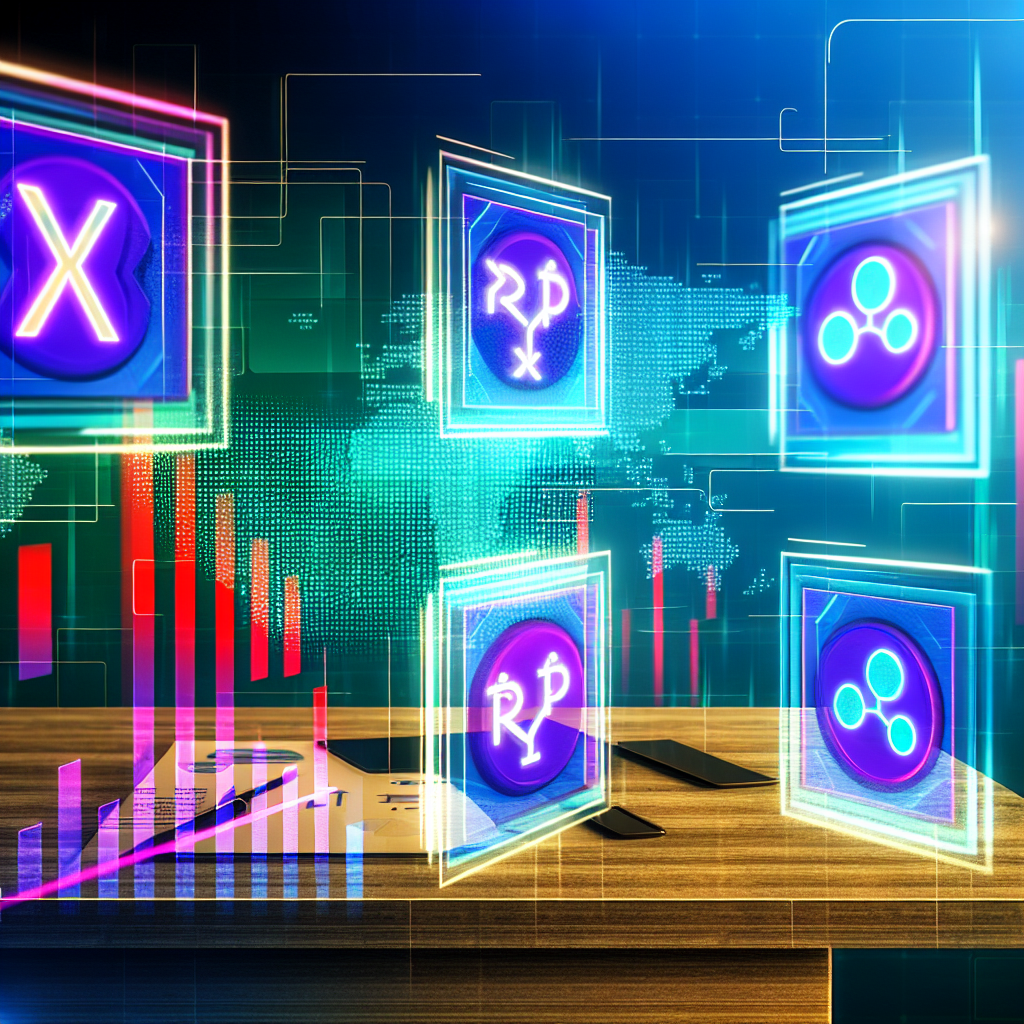XRP is embarking on a new development phase as its ecosystem integrates DeFi products and strategically ventures into the tokenization of real-world assets (RWA).
These initiatives aim to provide the long-standing digital asset with practical applications beyond cross-border payments, potentially influencing its future significance in global finance.
Expansion of XRP DeFi
The launch of mXRP, a liquid staking token on the XRP Ledger’s Ethereum-compatible sidechain, has ignited substantial interest among holders.
By staking XRP via the Midas platform, investors receive mXRP in exchange. This token can circulate in various DeFi protocols and may yield up to 8% annually.
The strong demand for this product became apparent quickly, with the initial 6.5 million XRP vault being filled within hours, prompting an increase to 10 million tokens.
As of Oct. 2, Axelar, the blockchain infrastructure firm supporting the project, reported that the mXRP vault had already surpassed $30 million.
Due to this high demand, the team announced further expansion of the vault to 20 million tokens. At XRP’s current market price of over $3, this would equate to more than $60 million.
This enthusiasm signifies a broader quest for new utility within the XRP ecosystem. Although XRP is one of the oldest assets in the crypto space, it has historically faced challenges in competing with Ethereum and other platforms in the DeFi landscape.
However, the introduction of a liquid staking token marks a step towards bridging that gap, enabling holders to utilize idle capital and enhancing XRP’s appeal in decentralized markets.
Tokenization of RWA on XRPL
In addition to DeFi innovations, developers are equipping the XRP Ledger (XRPL) with new tools aimed at regulated institutional activities.
The standout feature is the Multi-Purpose Token (MPT) Standard, which is designed to facilitate the tokenization of real-world assets while incorporating compliance features directly at the protocol level. XRPL ranks among the top 10 blockchain networks for RWA operations, according to RWA.xyz data.
Martins Hiesboeck, head of research at Uphold, noted that the MPT represents a “strategic leap into institutional finance.”
The token standard includes built-in functionalities for asset freezing, fund clawbacks, and identity-based access controls. These features enable issuers to comply with regulations, reduce fraud, and limit transfers to verified holders without relying on customized smart contracts.
This framework allows for the rapid creation and management of tokens, reducing operational risks and speeding up time to market.
Furthermore, the design takes advantage of XRPL’s key strengths: three-to-five-second finality, low fixed transaction costs, and a secure, tested network.
Hiesboeck also mentioned that each operation, issuance, transfer, or management action incurs a small fee in XRP, which is subsequently burned, gradually decreasing the circulating supply. Moreover, issuers must lock a reserve of XRP for each new ledger object, further tightening the availability of tokens.
In light of this, he concluded:
“This utility model is a key strategic pivot, changing the XRP valuation narrative from pure speculation to a mathematically quantifiable model based on verifiable, high-throughput global financial activities. The MPT standard positions the XRPL as a leading secure and compliant institutional blockchain for the future of tokenized finance.”


